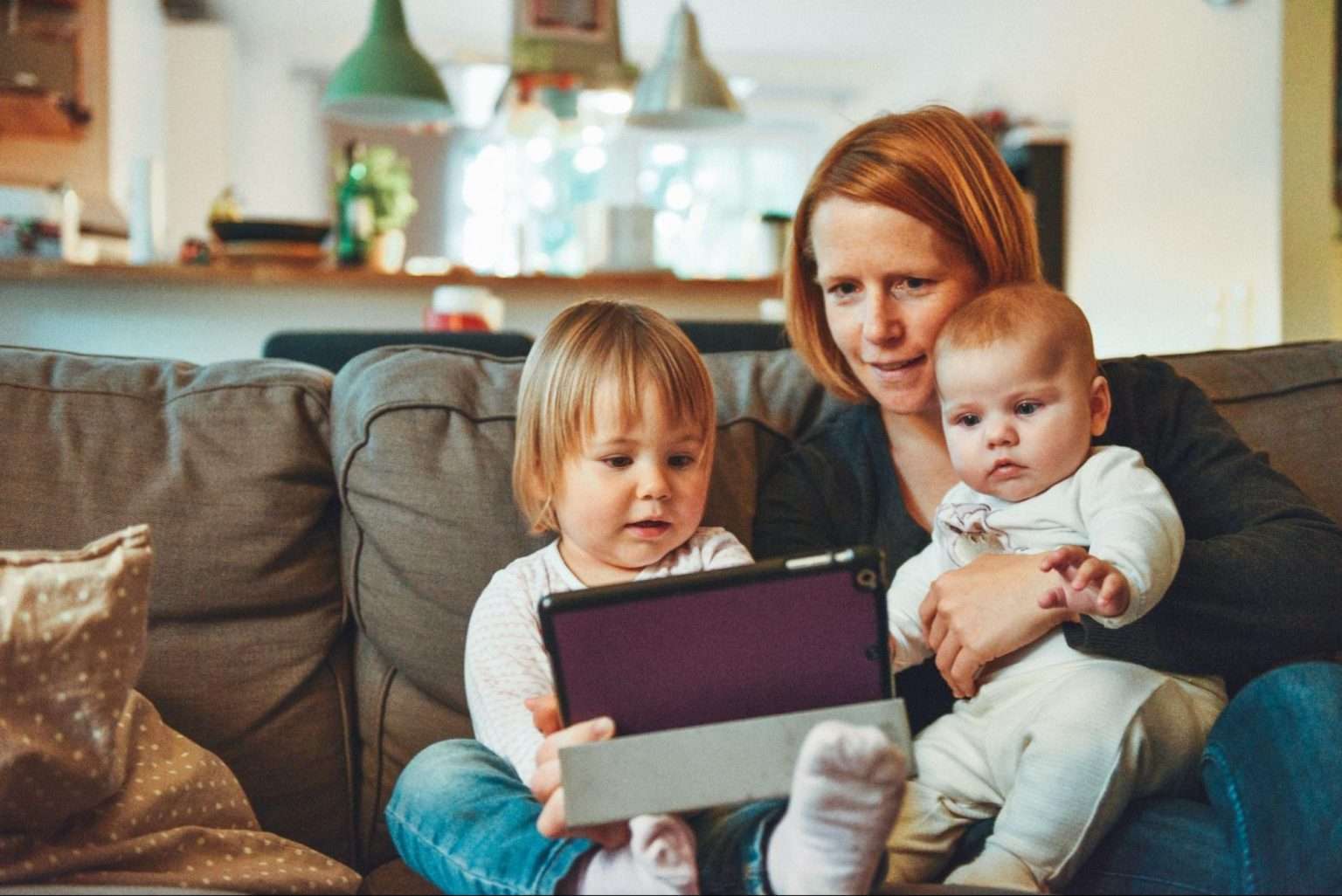Parenting is a challenging journey, and when distance becomes a factor, co-parenting can seem even more daunting. Whether due to job relocations, divorce, or other life circumstances, long-distance co-parenting requires patience, commitment, and strategic planning.
In this article, we’ll explore practical ways to make long-distance co-parenting work smoothly for both parents and, most importantly, for the well-being of the child. 🏡💡
1. Prioritize Clear and Consistent Communication 📞💬
Communication is the backbone of any successful co-parenting arrangement. Since you’re not physically present, keeping the lines of communication open is crucial. Here’s how you can ensure effective communication:
✅ Use Technology to Stay Connected – Utilize video calls (Zoom, FaceTime, Skype) and messaging apps to stay in touch with your child and co-parent.
✅ Set a Communication Schedule – Agree on specific times for calls, video chats, and updates so that everyone knows what to expect. ⏰
✅ Keep Conversations Respectful & Child-Focused – Avoid arguments and instead focus on what’s best for the child.
✅ Share Important Updates – Inform each other about school progress, medical issues, and emotional well-being.📚❤️
2. Create a Comprehensive Co-Parenting Plan 📜
Having a well-documented plan helps set expectations and reduces misunderstandings. This plan should cover:
🔹 Visitation Schedule – Plan visits during holidays, school breaks, and summer vacations.
🔹 Travel Arrangements – Discuss how travel expenses will be covered and how travel logistics will be handled. 🧳✈️
🔹 Decision-Making Responsibilities – Clarify how decisions about health, education, and other important matters will be made.
🔹 Emergency Protocols – Establish clear steps for handling emergencies.
A clear co-parenting plan ensures both parents remain on the same page, making transitions smoother for the child. 😊
3. Leverage Technology for Bonding and Engagement 📲❤️
Even though you may not be physically present, technology allows you to stay involved in your child’s life. Here are some creative ways to use tech:
📖 Read bedtime stories via video call – Create a virtual bedtime routine by reading books to your child before they sleep.
🎮 Play online games together – Engage in fun games to create lasting memories.
📅 Use shared calendars – Platforms like Google Calendar help keep track of school events, medical appointments, and visitation dates.
🎥 Send video messages – If time zones or schedules don’t match, sending a video message can be a heartfelt way to stay connected.
4. Be Flexible & Open to Adjustments 🔄🤝
Life is unpredictable, and sometimes schedules will need adjustments. Flexibility is key to reducing stress and keeping co-parenting amicable.

🔄 Be Willing to Compromise – If a last-minute change occurs, try to accommodate instead of arguing.
📌 Have a Backup Plan – Always have alternative solutions for visits and communication in case of travel disruptions.
😇 Put the Child’s Needs First – If changes need to be made, prioritize what’s best for the child rather than personal convenience.
5. Encourage a Strong Relationship with the Other Parent ❤️👨👩👧
For your child’s well-being, it’s essential to encourage their relationship with the other parent.
🤗 Never Speak Negatively About the Other Parent – Avoid badmouthing them in front of the child.
🎉 Celebrate Special Occasions Together – If possible, join virtual celebrations for birthdays, achievements, or holidays.
💌 Encourage the Child to Express Love – Support their communication and interactions with the other parent without interference.
A child thrives best when they feel loved and supported by both parents, even from a distance. 💕
6. Make the Most of In-Person Visits ✈️🎡
When you finally get to spend time together, make it meaningful and special.
🏞️ Plan Fun Activities – Go to the park, explore a new place, or do an activity they love.
👂 Give Them Your Undivided Attention – Reduce distractions and be fully present.
📝 Respect Their Routine – Stick to their usual habits as much as possible to maintain stability.
These moments help create lasting memories and strengthen the parent-child bond. 🤩
7. Seek Professional Support if Needed 🧑⚕️💬
If co-parenting conflicts arise, consider seeking help from:
🔹 Family Therapists – They can help navigate emotional challenges.
🔹 Mediation Services – Useful for resolving disputes fairly.
🔹 Parenting Workshops – Enhance co-parenting skills and strategies.
A neutral third party can help smooth out differences and create a better co-parenting environment. 😊
8. Practice Self-Care & Emotional Well-being 🧘♂️💆♀️
Being a long-distance parent can be emotionally tough. Take care of yourself by:
🌿 Engaging in stress-relief activities – Exercise, meditate, or enjoy a hobby.
🗣️ Talking to a support system – Stay connected with friends, family, or support groups.
🎯 Focusing on Quality Over Quantity – Even if you don’t see your child often, make each interaction meaningful.
A happy and emotionally healthy parent is the best gift a child can have. 💙
Long-distance co-parenting requires dedication, patience, and love. While the journey may have its ups and downs, consistent effort and a positive mindset can make it successful. By maintaining open communication, leveraging technology, and prioritizing your child’s well-being, you can build a strong and lasting bond despite the distance. 🌎💖
Are you a long-distance co-parent? Share your experiences or tips in the comments! 👇😊





